FIX: Windows Could Not Find a Driver For Your Network Adapter
When troubleshooting a missing network driver, you may encounter the ‘Windows could not find a driver for your network adapter’ error message. This message indicates that you need to install a driver for your network adapter to resolve the problem.
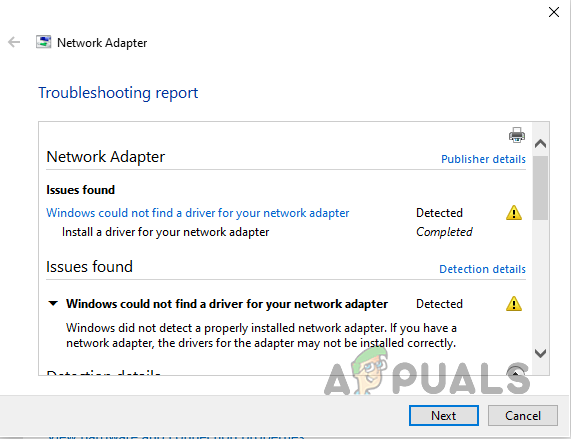
The issue could also arise if your network interface card has malfunctioned. In such cases, finding a replacement is necessary to allow your PC to connect to the network. This guide will provide various methods to help you install a driver for your network adapter.
1. Scan for Hardware Changes
Begin by scanning for hardware changes through the Device Manager, which can be helpful if your network driver stops working unexpectedly.
- Open the Start Menu and search for “Device Manager”. Open it.
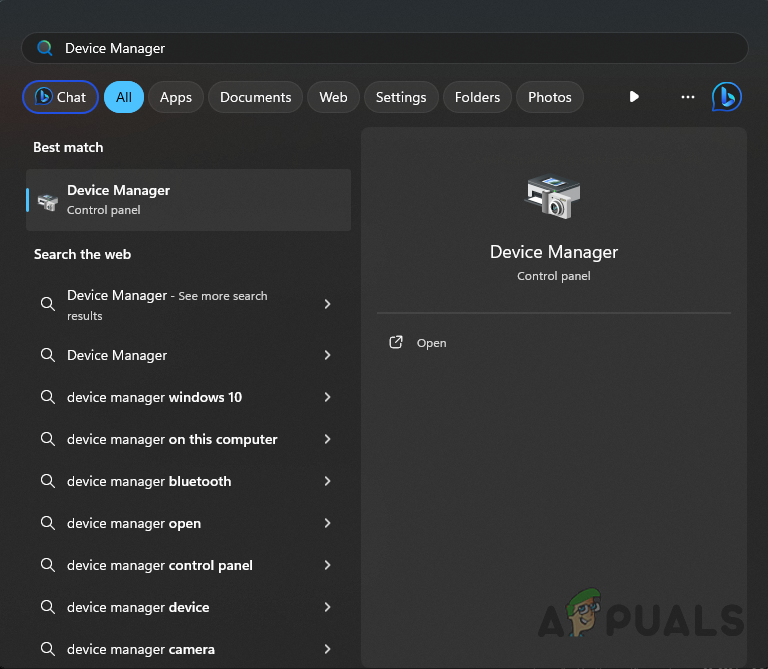
Opening the Device Manager - In the Device Manager window, click the magnifier icon to scan for any hardware changes.
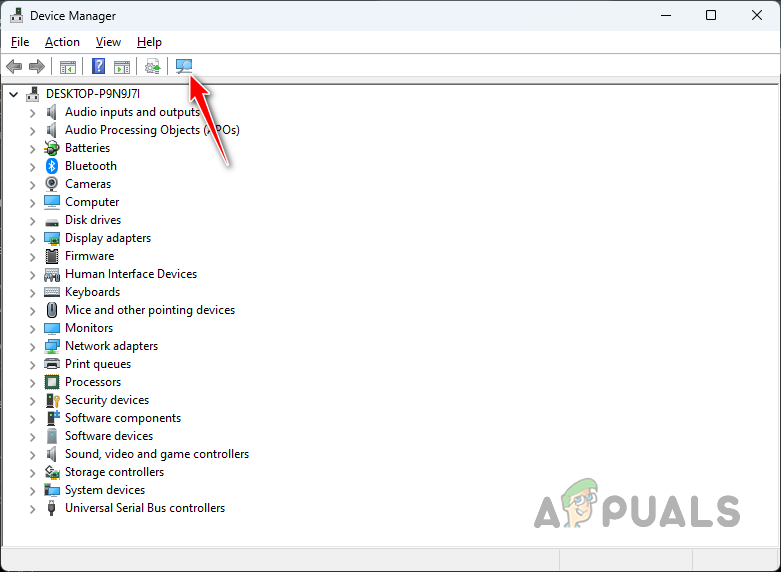
Scanning for Hardware Changes in Device Manager - Wait for the process to complete.
- Check if your network adapter is now detected.
2. Automatically Install Network Driver
Fixing the issue may also involve automatically searching for a network driver in Windows to install on your computer. Though generic, these drivers should work with most network interfaces.
2.1. Using Windows Updates
- Press the Win key + I on your keyboard to open the Settings app.
- Go to Windows Update > Advanced Options > Optional Updates > Driver Updates in the Settings app.
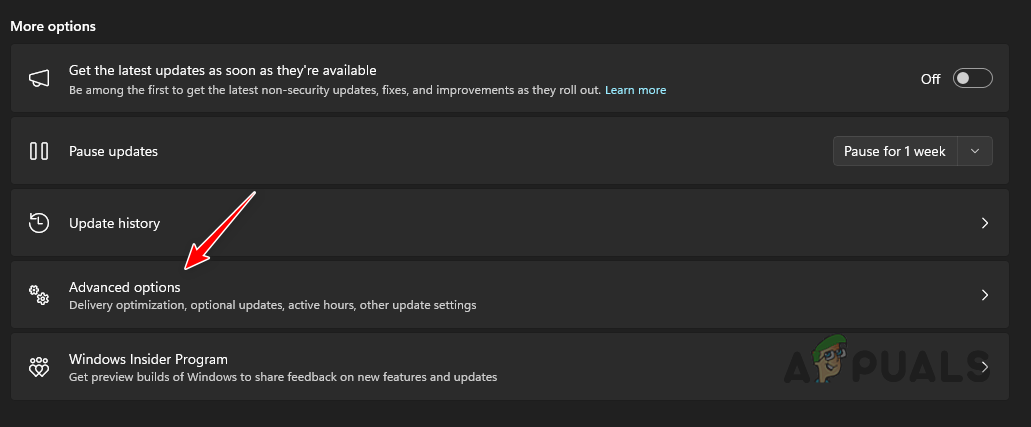
Navigating to Advanced Options - Look for a network driver and select the corresponding checkbox.
- Click on Download and Install.

Installing Optional Windows Updates
2.2. Using Device Manager
- Open the Start Menu and search for “Device Manager”. Open it.

Opening the Device Manager - In the Device Manager window, expand the Network adapters list.
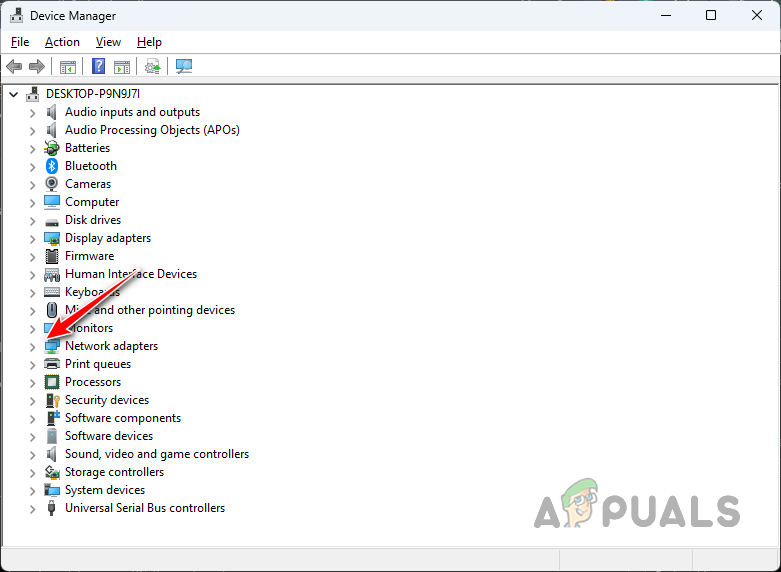
Expand Network Adapters List - If your network adapter is not visible, look for an Unknown device.
- Right-click on the unknown device and select Update driver.
- Check if this resolves your issue.
3. Manually Install Network Driver
The optimal method for installing a missing network driver is to manually download it from the manufacturer’s website, as these drivers are designed for specific network interface cards.
To download the driver, you must know your PC’s motherboard model. If it’s unknown, here’s how to find it:
- Open the Run dialog by pressing Win key + R.
- Type msinfo32 and hit Enter.
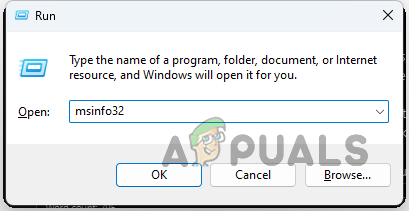
Opening System Information Window - In the System Information window, look for BaseBoard Manufacturer and BaseBoard Product.
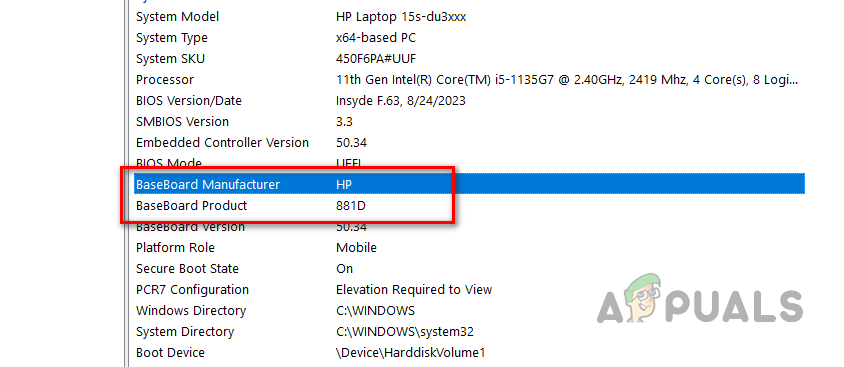
Checking Motherboard Details - Note down your motherboard’s make and model.
With the motherboard details, use Google to find the official page, then navigate to the Drivers and Support section and download the necessary network drivers. After installation, this should resolve your issue.
4. Enable Network Adapter in BIOS
If the network adapter is entirely absent from Windows, it’s possible that the issue stems from your BIOS settings. The BIOS menu allows for the enabling or disabling of devices connected to your computer.
Therefore, ensure the onboard network adapter is enabled in your BIOS menu. Restart your computer, access the BIOS menu, and navigate to Advanced settings to find Onboard Devices Configuration (note that the exact name may vary by manufacturer).
Make sure the LAN card is enabled, then press F10 to save and exit the BIOS menu. Check if this solves the problem.
If the network adapter is still not visible in Windows, it’s likely that the device is defective. In such a case, obtaining a third-party network adapter might be necessary to continue using an Ethernet connection.
Alternatively, reach out to the official Microsoft support team for further assistance with the issue.





